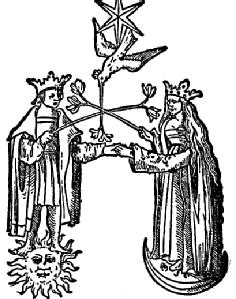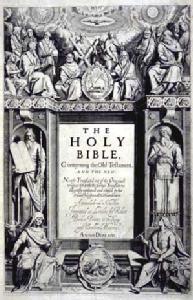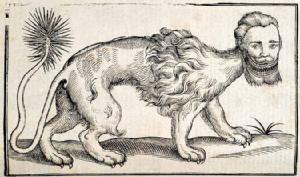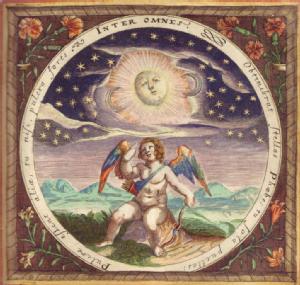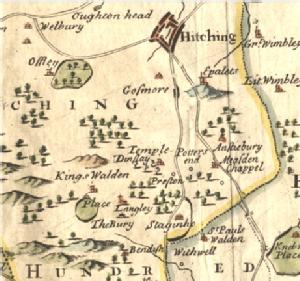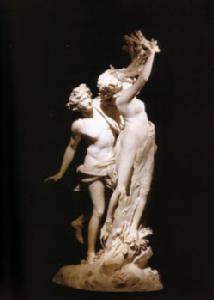Research Tips
This page is designed to give you some ideas of the type of information you could provide for annotations and of ways in which you can find it.
Alchemical References
A useful reference work providing this information is:
Lyndy Abraham, A Dictionary of Alchemical Imagery (Cambridge: Cambridge University Press, 1998)
Biblical References
We know that Pulter was using the King James Authorized Version (first published 1611). Any edition of this will do; it hasn't changed much since then! But if you want a scholarly version use Robert Caroll and Stephen Prickett ed., The Bible: Authorized King James Version (Oxford: Oxford University Press, 1997). An online version can be accessed here: http://etext.virginia.edu/kjv.browse.html If you're quoting the Bible provide book, chapter and verse eg. Mark 1.2
Contemporary Animals
Contemporary accounts of animals (both real and mythological) can be found here:
Thomas Browne, Pseudodoxia Epidemica (1646): with pictures! This can be on EEBO or here: http://penelope.uchicago.edu/pseudodoxia/pseudodoxia.shtml
Simon Goulart, A Learned Summary Upon the Famous Poeme of William Saluste Lord of Bartas (1621). We know Pulter was using this because she provides a direct reference to it in her manuscript. It can be found on EEBO.
Pliny, The Historie of the World Commonly Called the Naturall Historie trans. Philemon Holland (1601). This is another text to which Pulter refers directly.
Edward Topsell, The Historie of Foure Footed Beastes (1607): on EEBO with pictures!
Edward Topsell, The Historie of Foure Footed Beastes (1608): also on EEBO, also with pictures!
Edward Topsell, The Historie of Four Footed Beastes and Serpents (1658): even more pictures! A version of this can be found on EEBO and here: http://info.lib.uh.edu/sca/digital/beast/index.html
Emblematic References
Huston Diehl, An Index of Icons in English Emblem Books, 1500-1700 (Norman: University of Oklahoma Press, 1986). This allows you to look up images or symbols that you think might be emblematic (eg. the heliotrope) and to find emblem books containing emblems of those images or symbols.
Historical detail
For books and articles on historical topics:
Try searching the Royal Historical Society Bibliography: http://www.rhs.ac.uk/bibl/
Literary Allusion
Is Pulter's poetry based on, or does it allude to, other literary works? If you have a suspicion she might be referring to another work, use EEBO and/or LION to search for examples. NB: Make sure the text that you think she's referring to was published BEFORE she was likely to have been writing!
Local information
Information about seventeenth-century Hertfordshire (where Pulter was living when she composed her poetry) can be found here:
Henry Chauncy, The Historical Antiquities of Hertfordshire (Dorking: Kohler and Coombes, 1975)
or here:
William Page ed., Victoria County History of Hertfordshire (1908-1914): http://www.british-history.ac.uk/subject.aspx?subject=5&gid=16
Myths and legends
For classical references see:
Plutarch, The Lives of Noble Grecians and Romanes trans. Thomas North (1597). Again, Pulter refers to this directly. Copies can be found on EEBO or there are modern editions of North's translation (Shakespeare drew extensively on this text when writing his history plays).
Suetonius, The Historie of Twelve Caesars (1606). On EEBO.
For mythological references see:
Ovid, Metamorphosis trans George Sandys (1632). Perhaps the most popular early modern mythological reference work. Modern versions are available but in this version George Sandys provides extensive notes and commentary. It can be found on EEBO or here: http://etext.virginia.edu/latin/ovid/sandys/contents.htm
Pictures
It would be good to include as many images here as possible. Google Images is a good place to start looking for relevant material. Any images you find on a website can be included (as long as we include the original URL as a reference). Pages from EEBO also make good illustrations. If you're feeling particularly inspired, original photos of places and monuments can also be included.
Proverbs
See:
M. P. Tilley, A Dictionary of Proverbs in England in the Sixteenth and Seventeenth Centuries (Ann Arbor: University of Michigan Press, 1950)

